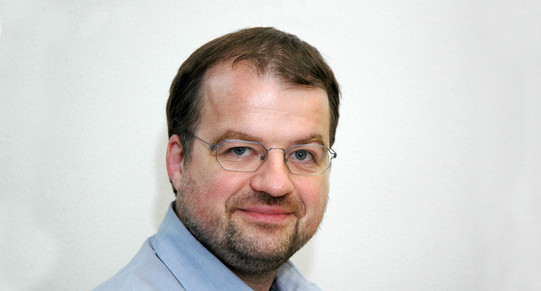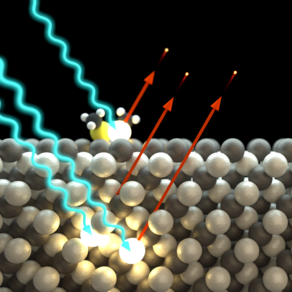Hövel Group

We study nanostructures in the sense of an intermediate region between atom and solid. In order to be able to study the size-dependent changes precisely, mass-selected "clusters" in particular are used, i.e. nanoparticles with a few up to several thousand atoms. These are generated in ultra-high vacuum and selected according to their mass using ion optics. For clusters of up to about 50 atoms, this succeeds down to the single atom. If one wants to exploit the enormous potential of the often novel and strongly size-dependent properties of the clusters for applications such as catalysis or nanoelectronics, they generally have to be deposited on a surface. This creates new challenges. In sample preparation, we succeed in depositing the clusters gently and stably on surfaces specially prepared for this purpose. For the physical interpretation, the coupling to the surface creates an additional complexity, but also new and interesting effects. The main measurement methods used are scanning tunneling microscopy and spectroscopy as well as photoelectron spectroscopy, but other investigation methods such as electron diffraction or optical spectroscopy are also used. Ultra-high vacuum and low temperatures down to 5 K allow the preparation and investigation of even very sensitive sample systems. Furthermore, the low temperatures allow measurements with highest spatial and energy resolution. In the direction of future applications, we are thus looking for novel "cluster materials" that take advantage of the properties of cluster-surface systems and, if possible, remain stable at temperatures up to room temperature or higher.



